Hugged by Italy with a two-mile-long border on all sides, Vatican City is the world’s smallest country. Though small on the surface, the Vatican’s history stretches back centuries and is filled with more than just a few juicy scandals and secrets.
From having controversial Popes occupying its sacred throne, to allegedly helping some Axis criminals flee a post-WWII Europe, the list makes for eye-popping reading.
Benedict IX Was The First To Resign For A Dark Reason
One early controversial story brings us back to the 11th century and concerns the question of who might be the most controversial Pope among the 266 who have held the prestigious title.
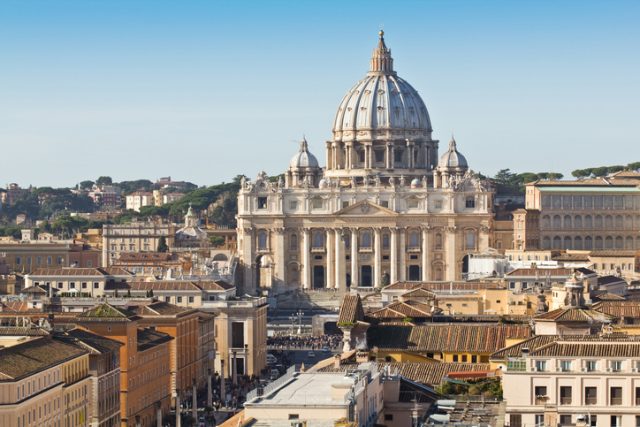
Benedict IX is remembered as the first Pope to have resigned from the throne, in 1036, just four years after he first sat on it aged about 20.
However, Benedict IX quickly made a comeback, serving another term as Pope which is also a rare instance in Papal history. And in May 1045, followed yet another episode when this Pope went on to sell his Papacy to his godfather, John Gratian. Though short-lived, the bidder went on to be his successor under the name Pope Gregory VI.
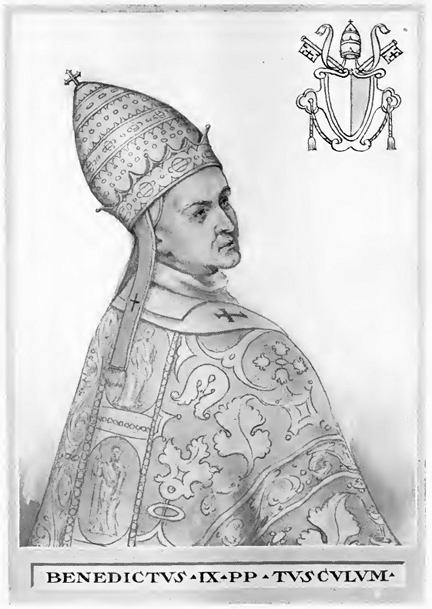
A strange Papal biography by all means, first because it’s an unspoken rule that whoever takes on the role of being the Pope, it’s understood that this is a duty to be fulfilled until their dying day. Such a principle doesn’t mean that resignation is not allowed. Besides Benedict IX, at least four other Popes have stepped down from office during their lifetime.
But there is more to the Pope Benedict IX story. He is the epitome of Papal controversy. The Catholic website New Advent describes him as follows: “The nephew of his two immediate predecessors, Benedict IX was a man of very different character from either of them. He was a disgrace to the Chair of Peter.”
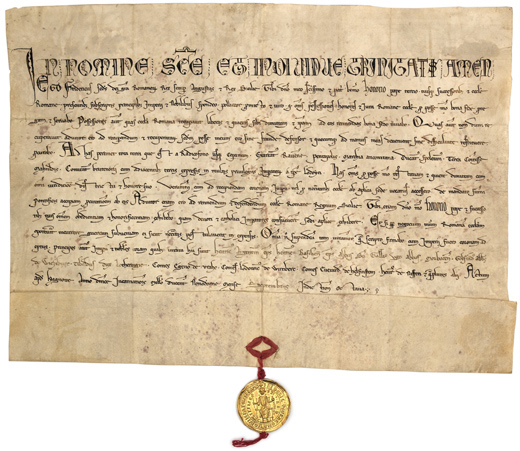
One of the reasons why he opted to leave duty was allegedly to marry, but this never happened. If what was written about him is really true, then his potential wife had a lucky escape. He was widely accused of all kinds of sexually deviant — and sinful — behavior including orgies which, besides men and women, also involved animals.
According to the Daily Mirror, “Pope Victor III wrote of Benedict IX’s rapes, murders and other unspeakable acts. His life as a pope so vile, so foul, so execrable, that I shudder to think of it.”
More recently, in 2013, it was Pope Benedict XVI to resign from his duty. Health issues were noted as the reason behind his withdrawal, but some believe this had to do something with the “Vatileaks scandal.”
“The release of internal Vatican memos, by some accounts, revealed how Benedict’s efforts to reform the church, like provide transparency on the global sex abuse scandal and the management of the Vatican bank, were undercut by internal politics,” wrote the Atlantic two years following Pope Benedict XVI’s resignation. So, perhaps he was forcibly removed from being a Pope.
The Apostolic Penitentiary
Another Vatican secret began with Pope Alexander III who commenced his honorable service on September 7, 1159. Twenty years later, he initiated an establishment which defined a centuries-long epoch of Vatican secrecy — the Apostolic Penitentiary.
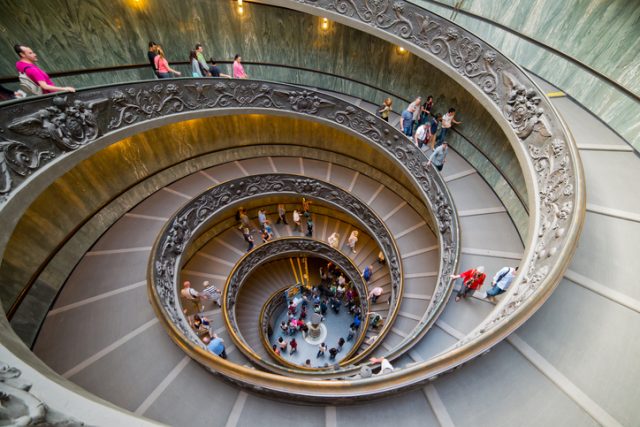
A Catholic priest, given his admirable powers, can forgive criminals for various wrongdoings, including even murder and mass murder. As a bonus, the sinner who confesses the wrongdoing should never be betrayed to authorities by the priest hearing the confession.
However, a priest alone cannot offer absolution for all sins. The Apostolic Penitentiary, also called the ‘Tribunal of Conscience,’ is the separate body of the Catholic Church which deals with the worst sin scenarios. The nature of these grave sins were revealed only in 2009, in a move that was commented on as a great step towards more transparency by the Vatican.
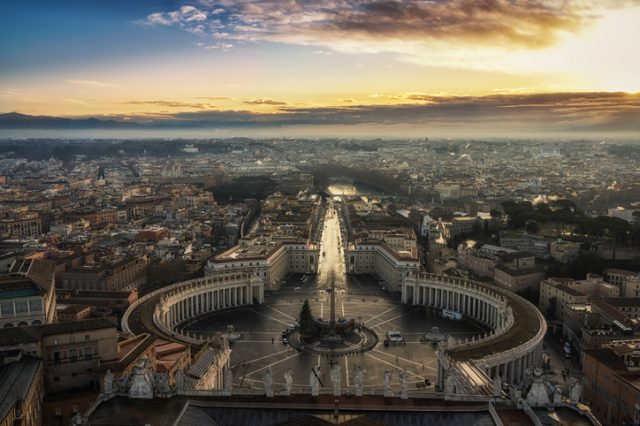
Three of the sins can be carried out only by a priest or a person trying to become one. One case is if a priest spills the beans about a wrongdoing he has heard during confession. A second concerns a priest hearing the confession of a person with whom he has conducted sexual activities. Third, a person aspires to be a priest but is directly involved in an abortion case.
Other cases reviewed by the Tribunal also include attempts to murder the Pope, and the final one is defiling the Eucharist. “Defiling the Eucharist, which Catholics believe is the body and blood of Christ, is also considered a sin of extreme gravity and one which is on the increase, the high-ranking members of the tribunal said,” wrote The Telegraph in 2009.
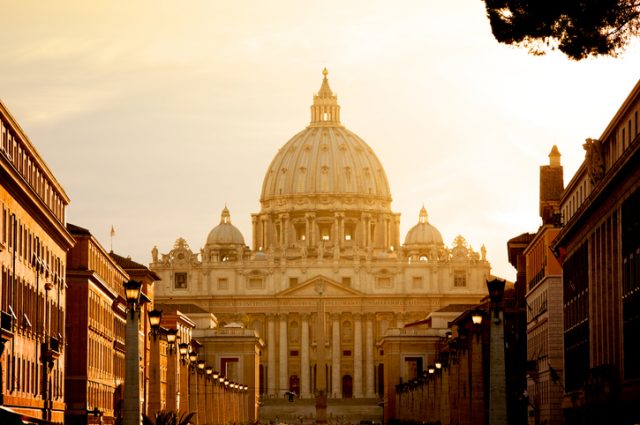
The Vatican Bank
More Vatican scandals and secrecy revolve around money and banking, and the Banco Ambrosiano scandal is perhaps one of the all-time best remembered. From 1971 until 1989, the Vatican bank, which is officially called the Institute for the Works of Religion, was presided over by an American Archbishop, Paul Marcinkus.
When Marcinkus passed away in 2006, an obituary issued in The Telegraph looked less than kind, writing that the 84-year-old deceased, “caused enormous harm to the reputation of the Catholic Church through his stewardship of the Vatican bank, which he headed for 18 years.”
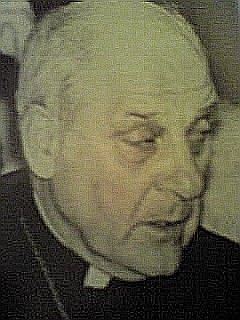
So, what does the Vatican bank have to do with the Banco Ambrosiano? Before its collapse in 1982, propelled by an insurmountable debt, Banco Ambrosiano was among Italy’s largest private banks.
After the bank ceased operations its general manager, Roberto Calvi, died a bizarre death. His lifeless body was found dangling from Blackfriars Bridge, in central London. At first, it was thought Calvi took his own life, but later it appeared he was murdered.
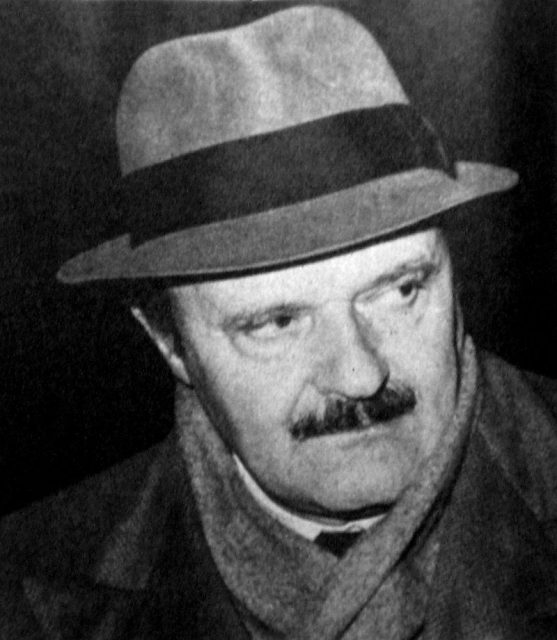
In fact, it emerged the entire case had grim connections with the Vatican bank — a major shareholder in Banco Ambrosiano. Billions of dollars were siphoned from the private bank to a dozen shell companies.
When authorities tried to approach Marcinkus on the matter, he became unreachable for them. Disobliging the justice system in every possible way and using diplomatic immunity, Marcinkus kept on running the Institute for the Works of Religion for several more years after the scandal erupted.
Meanwhile, the banking scandal ended up in fiction. Godfather Part III revolved around the Banco Ambrosiano Scandal as well as the suspicious 1978 death of Pope John Paul I, who served for just one month before being found dead.
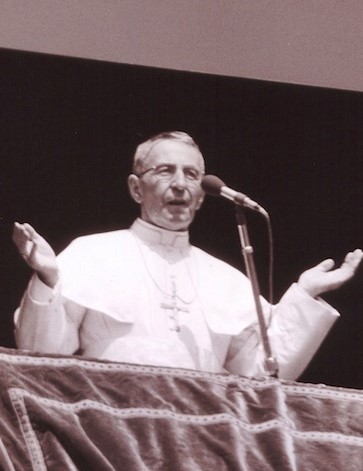
Heart failure was cited as the reason for his demise, but conspiracy theorists proposed he might have been killed, especially if he was attempting to cut the link between the Vatican and Banco Ambrosiano. We will never know.
And was this the first time that the Vatican was involved in shady economic matters? Probably not if we believe the stories that the Vatican did not stick so much to its neutrality during World War Two and actually ended up aiding the Nazis a little bit.
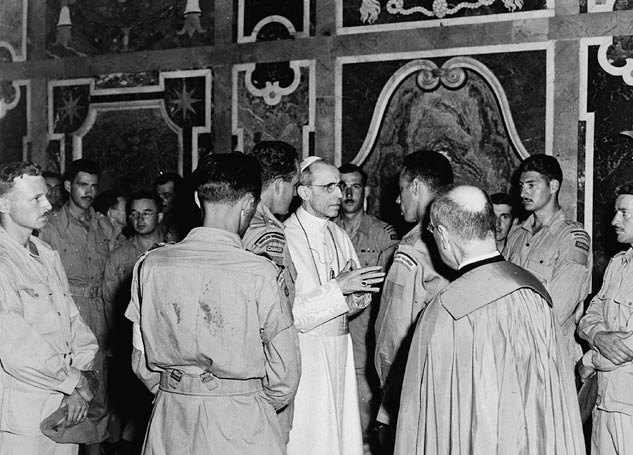
Archived documents from the Institute for the Works of Religion which emerged during the late 1990s reportedly suggested that the Nazis used the Vatican to smuggle fortunes from their plundering around Europe.
Part of this money — about 200 million francs, equivalent to over $250 million today — was supposedly siphoned through a so-called “Vatican pipeline” into Nazi haven countries such as Argentina.
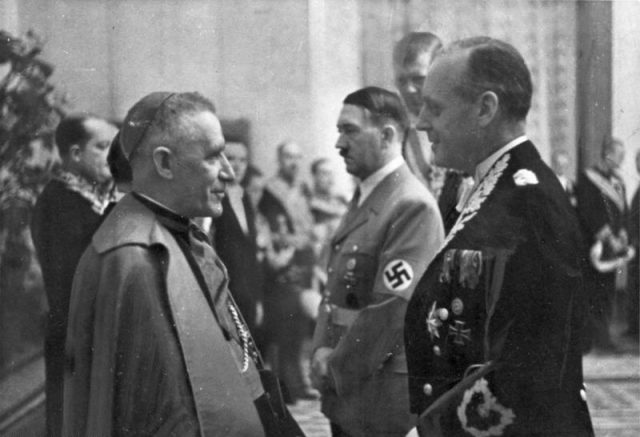
The money was used to financially support Nazis on the run, evading trial for their war-time crimes. A similar sum cached in the Vatican by the Ustasha, the Nazi supporters in Yugoslav territory, was also used to aid exiles of Ustasha organization members. In 2000, this initiated a legal case against the Vatican, but to no fruition.
If we remember that the Vatican gained sovereignty only in 1929, after having signed the Lateran agreement under Benito Mussolini, an agreement which ended an age-old dispute between the Catholic Church and the Italian government, then maybe, just maybe, this was the Vatican’s paying off old debts.
The Lateran agreement was named after the same palace where once Pope Benedict IX is rumored to have held some of his orgies back in the 11th century.
